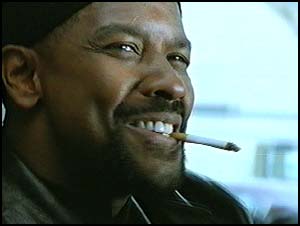Opening Sequence Alteration:
An alteration we made in our opening sequence is the football scene that we found sort of difficult to film in the limited time period. The alteration was that our initial idea of this scene was to have Nile O'Meally-Newell a.k.a Bradley Kean dribble his way past two players before taking a definitive shot but we decided to change this to Nile dribbling his way past football cones before taking a shot at an empty goal as this would make more sense (since the audience could interpret it as Nile being self-motivated and working hard in order to rise to the top as a footballer and also get into big-name teams whereas the initial idea wouldn't really have as much interpretations in comparison).
An alteration we made in our opening sequence is the football scene that we found sort of difficult to film in the limited time period. The alteration was that our initial idea of this scene was to have Nile O'Meally-Newell a.k.a Bradley Kean dribble his way past two players before taking a definitive shot but we decided to change this to Nile dribbling his way past football cones before taking a shot at an empty goal as this would make more sense (since the audience could interpret it as Nile being self-motivated and working hard in order to rise to the top as a footballer and also get into big-name teams whereas the initial idea wouldn't really have as much interpretations in comparison).








